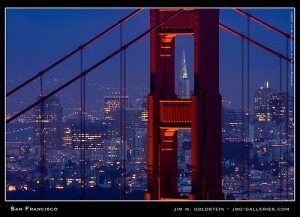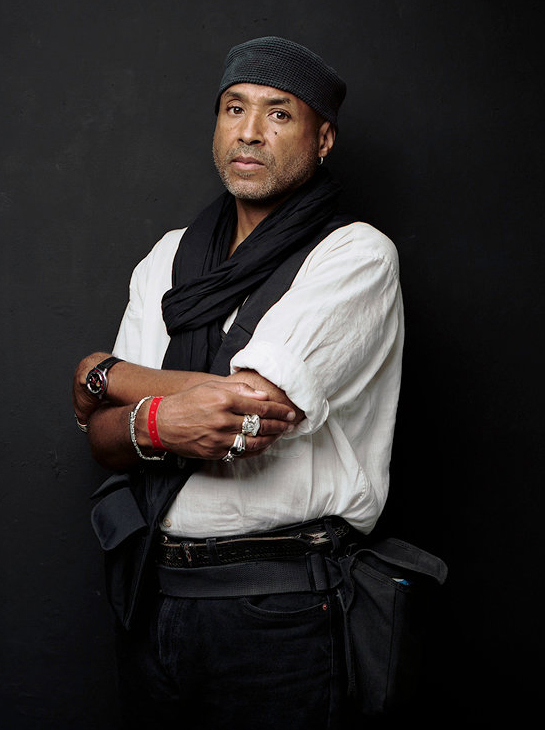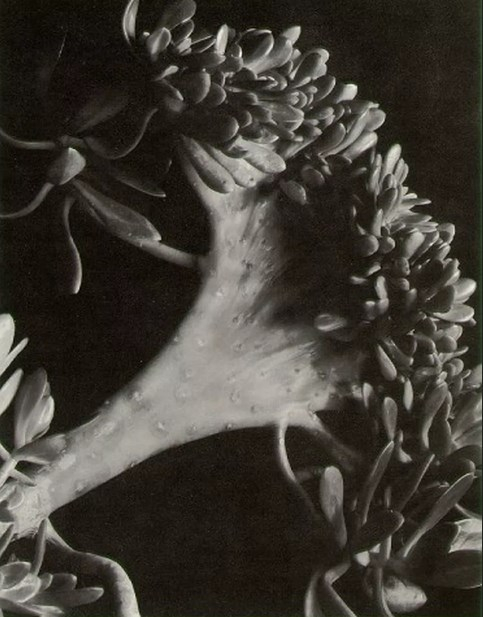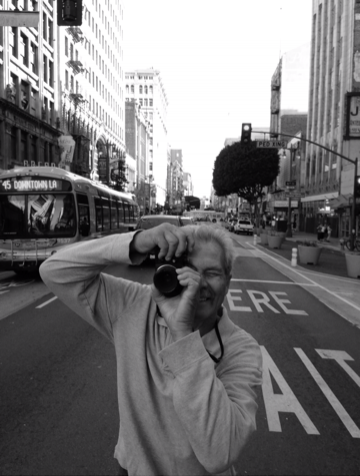10 TIPS FOR TELEPHONE
 One of the most interesting aspects of photography is working with telephoto and super telephoto lenses. Telephoto lenses and super telephoto lenses allow photographers to explore the diversity of surrounding objects in new ways. Such lenses are most often used in wildlife photography, although they are also good in other genres. We have prepared for you 10 small tips and ideas for photographing.
One of the most interesting aspects of photography is working with telephoto and super telephoto lenses. Telephoto lenses and super telephoto lenses allow photographers to explore the diversity of surrounding objects in new ways. Such lenses are most often used in wildlife photography, although they are also good in other genres. We have prepared for you 10 small tips and ideas for photographing.
Use a tripod for sharp photos.
The vast majority of objects photographed with a telephoto or super telephoto lens must be sharp. Due to the narrow field of view and the optical zoom of telephoto lenses, any light movement has a strong effect, reducing the sharpness of the image.
The first thing you can do to avoid this is to use a tripod and its head, which can support the weight of your lens and camera. Although this is not the only step to ensure clear photographs, it is naturally very important. Using a tripod or even a monopod will also save your back and hands from unnecessary pain and fatigue while shooting.
Use the shutter button
Any movement is enhanced when viewing through the viewfinder camera with a telephoto lens. Simply pressing the shutter button will cause the camera and lens mounted on a tripod to shake when photographing a distant object. To minimize camera shake, use a camera remote control. Minimizing the movement of your camera and lens when mounted on a tripod will reduce the unintended blurring of your photo.
Tip Bonus
If your camera has a mirror lock feature, it will, in addition to using the shutter release, eliminate most of the mechanical vibration that the camera itself can create. The mirror in your dSLR body allows you to see through the viewfinder outside the lens. When you release the shutter, the mirror will fold to the side so that the light passing through the lens hits the sensor or film in the camera body.
A mirror lock will offer to release the shutter twice, the first to move the mirror to the ready position and the second to open the shutter. After the first shutter release, you must wait 2-5 seconds for the internal mechanics of your camera and, as a result, its vibration, so that it becomes stationary until you release the shutter a second and last time.
Disable lens image stabilization / vibration reduction for cameras on a tripod
When image stabilization or vibration suppression is enabled on the lens, internal mechanics detect movement, and the meter acts to create a sharp image. When your camera and lens are mounted on a tripod, movement is eliminated, but the lens can mistakenly activate its IS / VR mechanism, thereby creating a less sharp image. For this reason, it is best to disable the IS or VR functionality on the lens when it is mounted on a tripod.
Telephoto effect
Telephoto lenses create a unique optical effect, thanks to which they smooth out pictures with a large depth of field. Accordingly, it is called the “telephoto effect.” Using this effect can be very useful when creating compositions of objects and paintings that are amazing in terms of graphics.
Unlike lenses with a shorter focal length, which can provide greater depth of the picture, its smoothing using a telephoto lens can create the illusion that several objects separated by a large distance are in fact very close. This effect can have a big impact on the audience.
Close object
The most obvious use of a telephoto lens is to zoom in on an object to eliminate the distance between you and what you are photographing. This can be an extremely valuable feature if you are photographing wildlife and would like to get close to an object without putting your life at risk.
Also in some cases, in addition to shooting wildlife, the use of such a lens is especially useful for highlighting details that would otherwise be lost when shooting with a shorter focal length.
Isolate the object
Telephoto lenses are great for clearer selection of the subject. Although this can be done with lenses with shorter focal lengths, telephoto lenses allow you to better see objects that might otherwise be located too far. This is the use of telephoto lenses when you are not going to cut or hide too much the gap between objects that are far from each other.



